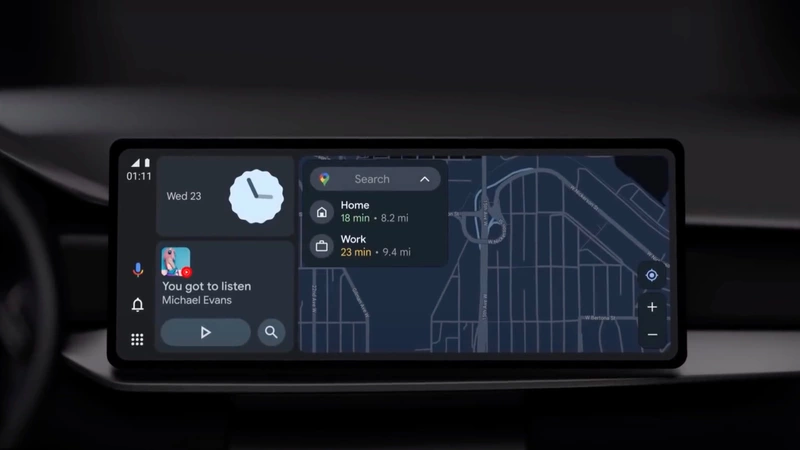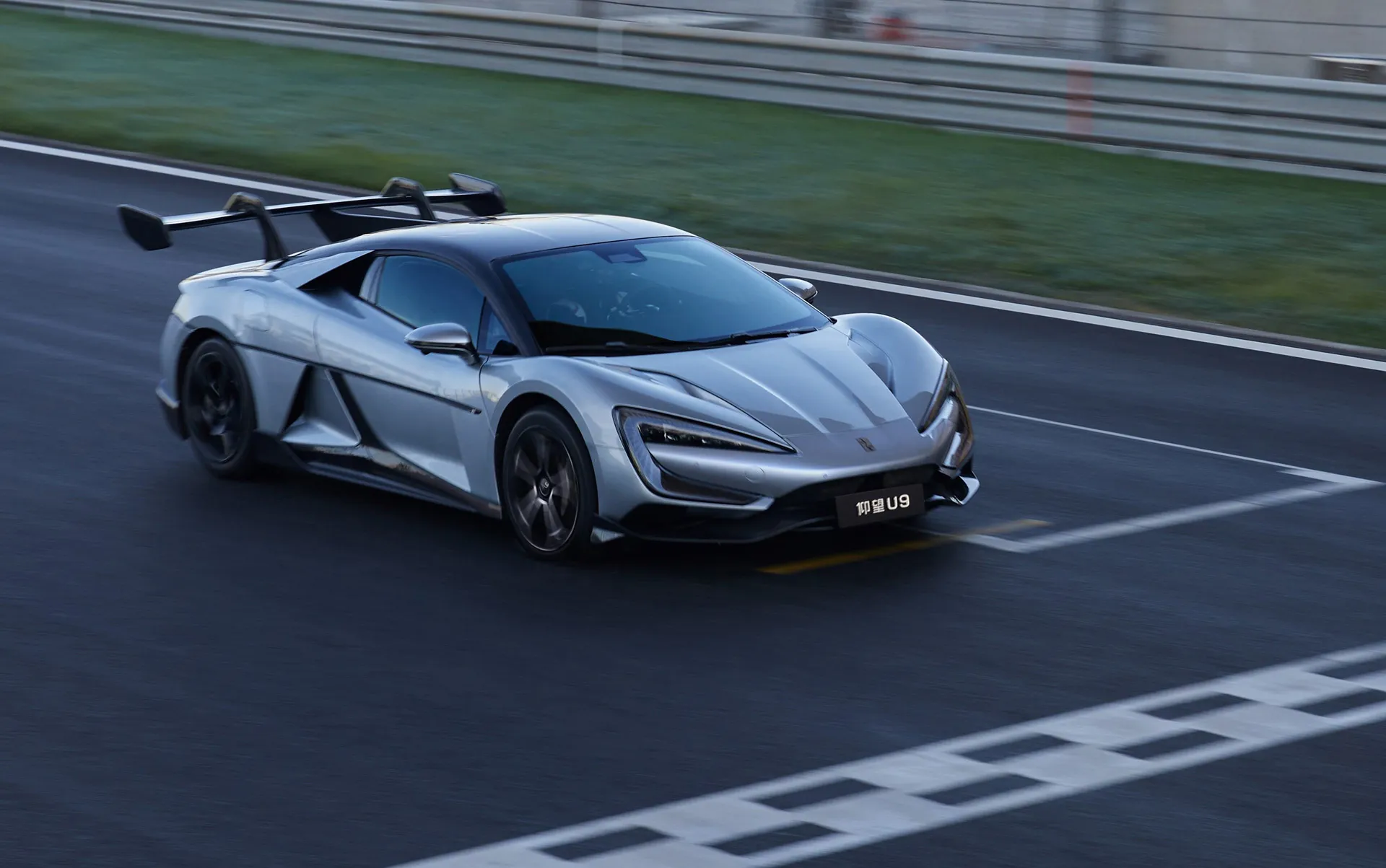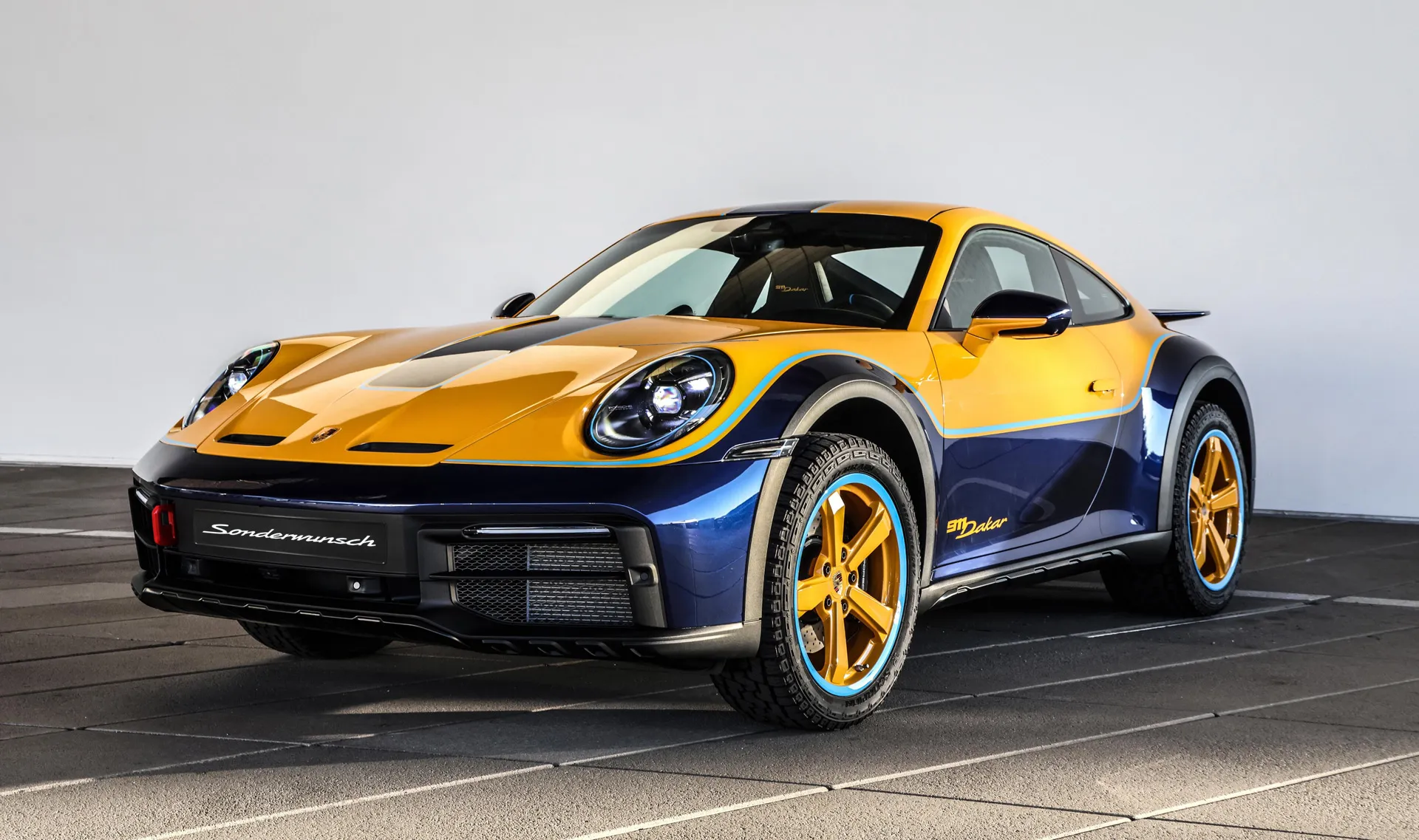Android Auto update with split-screen display option.

Google has revamped Android Auto to incorporate a revised split-screen display and increased flexibility for different sized touchscreens.
Split-screen display allows users to access multiple functions at once, such as navigation and messaging; according to The Verge, it was previously only available in certain car models, but will now be the default setting for all users.
Android Auto has also been updated to support different screen sizes. This is becoming more important as automakers introduce more elaborate and diverse screen sizes and orientations. Some manufacturers, like Volvo, are sticking with vertical screens, while others, like BMW and Mercedes-Benz, are introducing longer horizontal screens. This will continue to change as automakers refresh and redesign their vehicles.
Google will also have to adapt Android Auto to larger screens, such as the 56-inch hyper-screen display in the Mercedes-Benz EQS (actually three screens under one sheet of glass) and the 33-inch display in the upcoming Cadillac Lyriq. Android Auto had to be adapted, Rod Lopez, lead product manager for Android Auto, said in an interview with The Verge.
Other updates to Android Auto include standardized test message replies that users can send with a single tap and the ability for Android smartphone users to stream cell phone content to the car's screen.
Android Automotive, Google's embedded Android infotainment system, now also supports Tubi TV and Epix Now streaming services. In the U.S., Android Automotive is currently available in select Volvo models and in the Polestar 2, a spin-off brand of the Swedish automaker. Ford and Lincoln plan to begin using the system in 2023, and Audi, Sterantis, and the Renault-Nissan-Mitsubishi Alliance have also expressed interest.


